| Grækenland | |
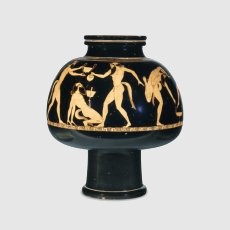 |
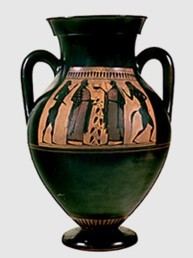 |
| *Vinkøler (psykter), signeret
af Douris som maler, græsk omrking 500-490 BC Fremstillet i Athen, fundet i Cerveteri, Lazio, Italien The British Museum |
*Amfora, græsk amfora, ca.
540 BC Kunsthistorisches Museum Wien |
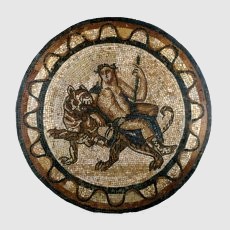 |
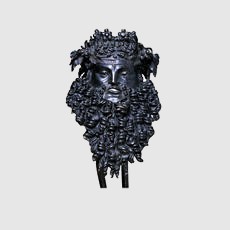 |
| *The Leadenhall
Street Mosaic, Roman Britain, 1st or 2nd century AD, Bacchus på en tiger The British Museum |
*Bronzemaske af
Dionysos græsk-romersk, omkring 200 BC-AD 100 Fra en en rituel beholder (situla) |
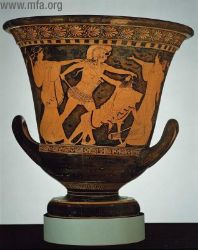 |
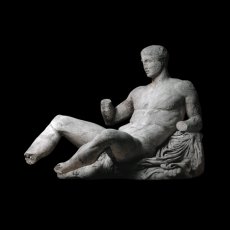 |
| the Dokimasia Painter,
beholder til
blanding af vin og vand (Calyx krater), græsk, omkring 460 B.C., |
Dionysos figur fra Parthenon Akropolis, Athen, ca. 438-432 BC The British Museum |
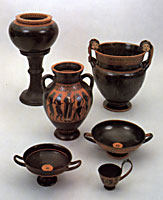 |
Symposionservice. Kar til op- bevaring og til blanding af vin og vand, øse og drikkeskåle. Karret på den høje fod er fundet i en etruskisk grav. Selve karret er fra Athen, mens standeren er lavet i Etrurien. |
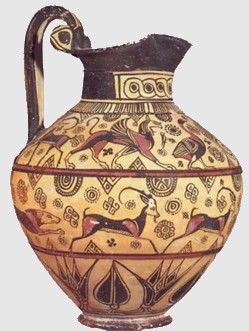 |
 |
| Vinkande fra Rhodos 650-625 BC Museum of Fine Arts, Boston |
the Darius Painter
Amphora Græsk/Syditalien, 340–330 B.C. Museum of Fine Arts, Boston |